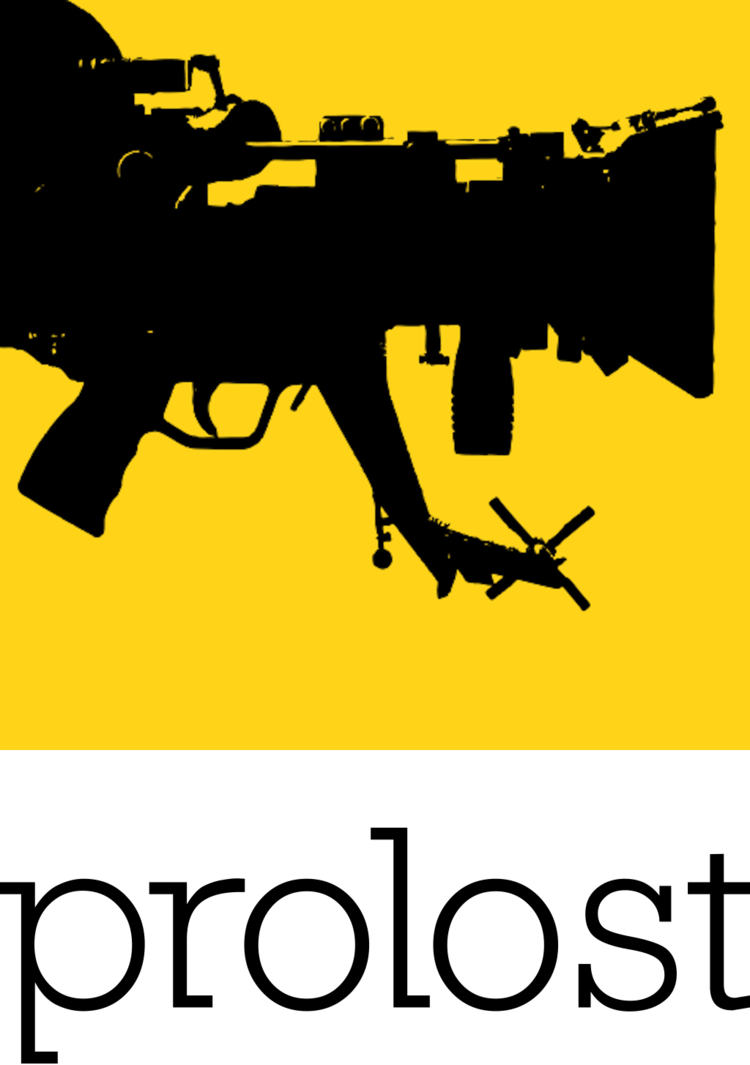So hey, that RED One camera is in the hands of its first customers, and there has been an explosion of traffic, images, enthusiasm and confusion about it.
Mostly confusion.
Shooting raw is a new thing for a lot of people. Even those of us who are used to shooting raw with DSLRs aren't accustomed to seeing our images with little or no post-processing—when you open a raw file in, say, Lightroom or Aperture, the software tries to make the image "look good" for you (non-destructively, of course), and lets you tweak from there. But RED Alert, the beta software that ships with RED One, doesn't do this. Nor should it, but it RED Alert has enough controls to daunt many new RED One owners.
In truth, RED Alert is probably hurting matters by offering too much control too prominently in its UI. Most RED One shooters would be better off setting white balance and nothing else (consistently per sequence), and then selecting between a hard-coded preset for either Rec709 gamma (for video post) or log (for film-style DI post). To do any more tweaking than that in Red Alert is to simply muddy the waters and cause downstream confusion.
Many people, for example, feel the need to correct for underexposure in Red Alert. I've seen people apologizing for underexposed test shots. Don't—underexposing is exactly what you should do, within reason, in order to hold highlight detail. If you look at the "offhollywood" test shots on hdforindies.com, you'll see that the exposure is all over the map. That's fine! That's a very easy thing to correct for in post, and holding onto those troublesome highlights is worth some inconsistencies from shot to shot. Remember, the dynamic range of a digital camera has nothing to do with how much overexposure it can handle (because no digital camera can handle any)—it's all about how much you can underexpose. In other words, as you try to hold onto that highlight detail, how much can you underexpose that car before it reveals nasty noise, or worse, static-pattern artifacting, when you brighten it back up in the DI?
I only wish that Mike and company had transferred every single one of those shots with the exact same RED Alert settings—it would be so much more illuminating.
Graeme Nattress, author of RED Alert and chief image nerd at RED, started a thread on RedUser.net in an attempt to guide people's initial use of RED Alert. I joined in and added this:
I would appreciate it if people posting example images would differentiate between attempts to simple "develop" the RED One image into a workable video form vs. attempts to make the image "look good."
The reason being that some people will be looking at these images for proof of RED One's empirical qualities, i.e. dynamic range, highlight handling, ability to hold detail in saturated colors, etc. These people will be disappointed to see a clippy, crushy image that has lots of sex appeal and "looks good."
And of course, some people will be looking at the first RED One images off the line and hoping that they "look good." But that should not be the case unless the images have been color corrected. While RED Alert has some color correction controls, it's not a color grading station, and the ideal RED One workflow would most certainly not be to make permanent color decisions early in the process.
Remember that an image that shows a broad dynamic range will look flat and low-contrast. An image that shows good highlight handling will probably appear underexposed. And an image that shows good color fidelity will appear to have very low color saturation! I urge new RED One users to learn to love underexposed, low-con, low-saturation images as they come off your camera, for they contain the broadest range of creative possibilities for you later.
But also maintain your love for the rich, saturated images that you may ultimately create from this raw material—and hope/beg/plead for tools to allow shooting with RED One under a non-destructive LUT that is included with the footage as metadata, so that you can preview your image as it may ultimately appear, record that nice flat raw image, and later have the choice of applying your shooting LUT or some other awesome color correction.
And then I went and listened to the fxguide podcast about Mike and Jeff's first day with the camera, and felt tangible pain as these incredibly sharp guys verbalized their near-terror at the learning curve that lays before them. Guys, it's so much easier than you think. Don't stress out about what to do with RED Alert—the less you do, the better. And so much more the better if you do the exactly same thing to every shot.
Next time: What do do with all these flat, low-con, underexposed and uneven—but consistently processed—images! The good news? If you've read The Guide, you already have a leg up.

